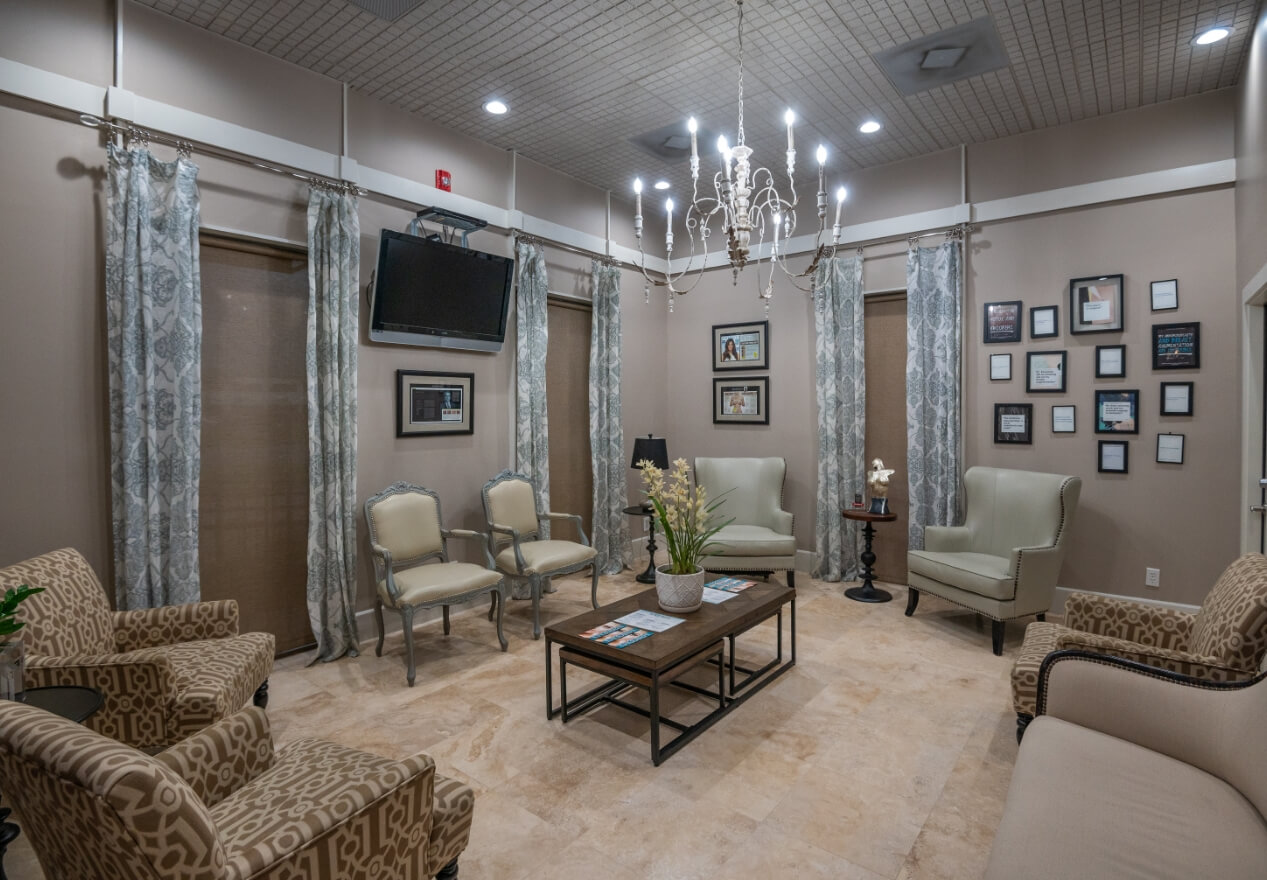Breast Reduction | 5 minute read

Breast reduction surgery can be life-changing for those struggling with extremely large breasts. Whether the goal is to relieve physical discomfort or improve the appearance of body contours, this surgery provides long-lasting benefits. However, a common question patients have is whether their breasts can grow back after reduction. While breast regrowth is rare, it’s possible under certain circumstances. In this blog, we’ll explore the factors behind regrowth and how to maintain your results.
What Is Breast Reduction?
Breast reduction, also known as reduction mammoplasty, is a surgical procedure that reduces the size and volume of breasts by removing excess fat, glandular tissue, and skin. This procedure can be performed to relieve back, neck, and shoulder pain or to enhance body proportion and improve self-confidence.
Causes of Breast Regrowth After Reduction
While breast reduction provides permanent removal of tissue, there are instances where the breasts may increase in size again. The following factors can contribute to breast regrowth:
Weight Gain
Breast tissue consists of both glandular and fat tissue. Significant weight gain after this surgery can cause fat cells to expand, increasing breast size.
Hormonal Changes
Hormonal fluctuations, like those during pregnancy, menopause, or certain medical conditions, can stimulate the growth of breast tissue. For example, pregnancy-related hormonal surges often cause the breasts to swell, which may result in noticeable regrowth after childbirth.
Incomplete Breast Development
In younger patients who undergo breast reduction before their breasts are fully developed, there’s a possibility that the breasts could grow further as the body matures. This is why a board-certified plastic surgeon will typically recommend patients wait until their breasts are fully developed before undergoing reduction surgery.
Genetics
Genetics can substantially affect breast size and composition. In some cases, hereditary factors may lead to the regrowth of glandular tissue, even after reduction.
Medical Conditions or Medications
Certain medical conditions, such as hormonal disorders or the use of hormone-based medications, can contribute to increased breast size after surgery.
How to Maintain Breast Reduction Results and Prevent Regrowth
While some factors contributing to breast regrowth are beyond your control, there are proactive steps you can take to minimize the likelihood and maintain your results for years to come:
- Maintain the Same Weight: Weight fluctuations are one of the biggest causes of breast regrowth. To keep your results stable, eat well and exercise consistently to stay the same weight over time.
- Eat a Balanced Diet: Eating healthy can prevent weight gain. Make whole foods like fruits, veggies, lean proteins, and healthy fats the focus of your diet, and minimize processed and sugary foods.
- Manage Hormones: Hormonal changes can affect breast size, so manage your hormones. Talk to your doctor about PCOS or menopause to help keep your results.
- Timing of Surgery: For younger patients, wait until breast development is complete before having a breast reduction. For women planning to have children in the near future, it’s recommended to wait until after pregnancy and breastfeeding.
- Wear a Supportive Bra: A good bra can help maintain the shape and position of your breasts. Support also prevents strain on the breast tissue over time.
- Follow-up Appointments: Follow up with your surgeon after the procedure so they can monitor your healing progress and address any questions or concerns early.
What to Do if Breast Tissue Grows Back After a Breast Reduction
If you experience breast regrowth after your reduction surgery, don’t panic. Regrowth is often manageable, and there are options to deal with it:
See Your Surgeon
Schedule an appointment with your surgeon to explore the cause of regrowth. They will assess your condition and discuss options, which may include revisional surgery or non-surgical treatments.
Revisional Surgery
If the regrowth is substantial, a secondary breast reduction may be recommended. A revision is similar to the first surgery but focuses on removing the extra tissue while maintaining the overall shape and symmetry of the breasts.
Breast Lift Surgery
When breast enlargement after a reduction is due to pregnancy or breastfeeding, a breast lift can often restore a tighter, younger-looking breast shape.
Lifestyle Changes
If weight gain has caused the regrowth, make lifestyle changes with a focus on a healthy diet and exercise to reduce your breast size naturally.
Non-surgical Options
While surgery is the best solution for breast regrowth, non-surgical treatments like skin tightening procedures or fat reduction treatments (like CoolSculpting®) may help improve the breasts in minor cases.
Hormone Check and Management
If hormones are the cause of the regrowth, see an endocrinologist to manage your hormones. Solutions may include medication or lifestyle changes to balance your hormones.
Want to Find a Top Breast Reduction Surgeon in New Orleans?
Our board-certified plastic surgeon provides excellent breast reduction results in New Orleans, Louisiana. To learn more about your breast reduction options, call our Metairie, Louisiana office at (504) 779-5538 or complete our online contact form today.


